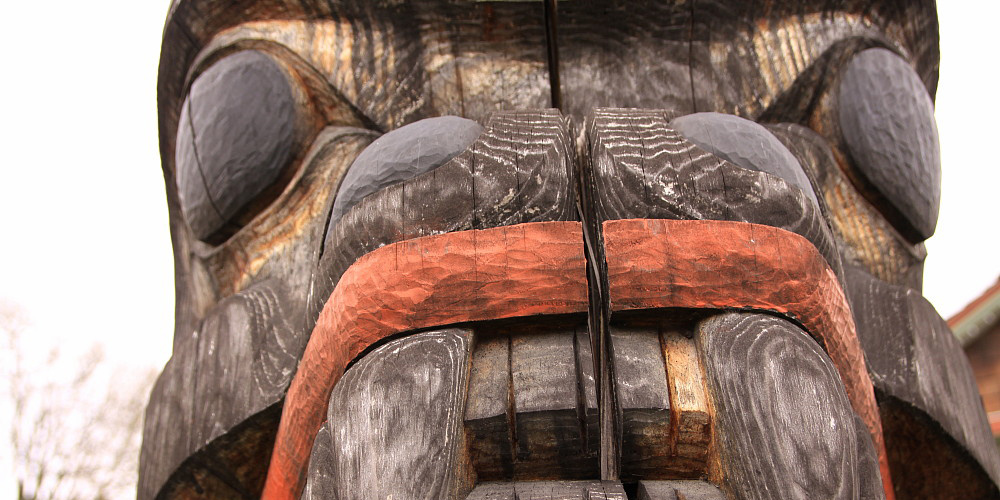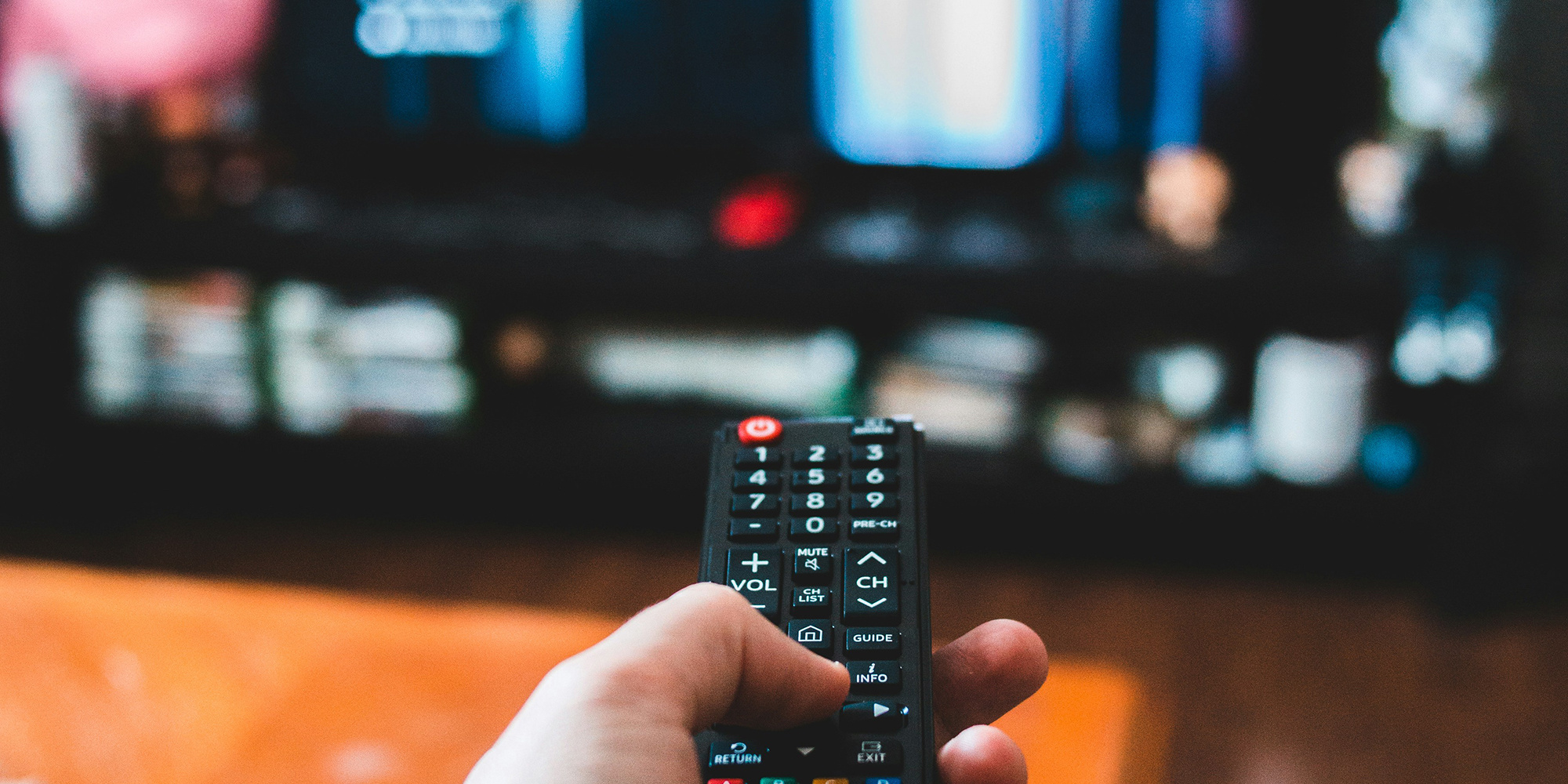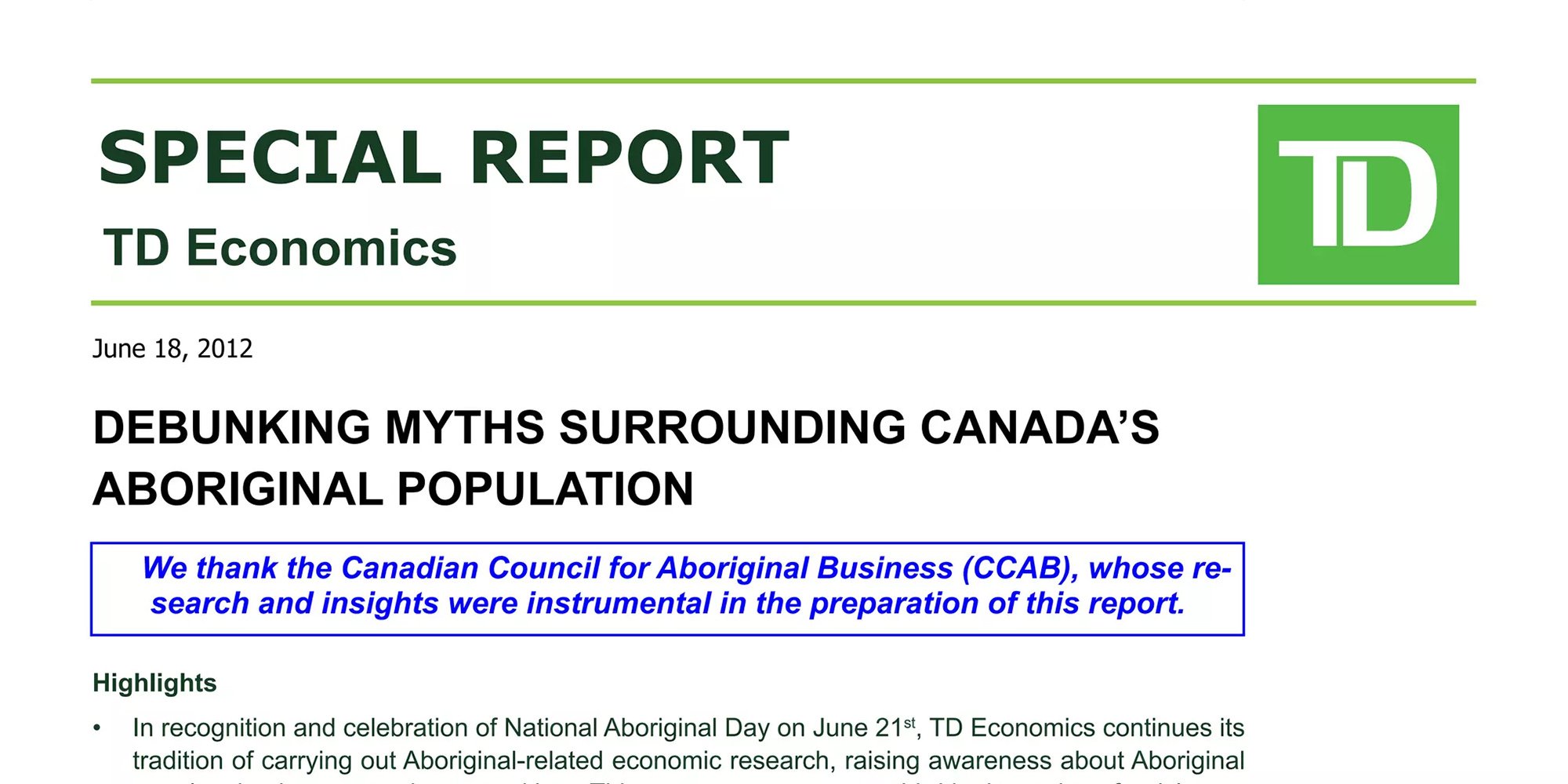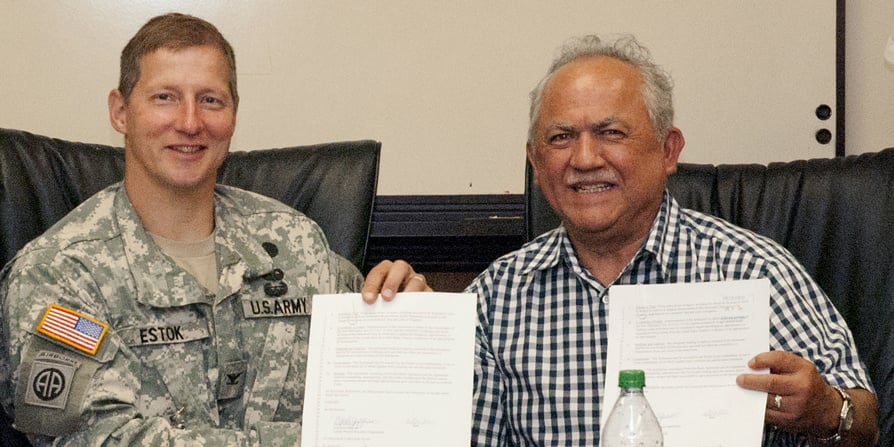Duncan McCue: Mainstream Media and Reconciliation
The Commission believes that in the coming years, media outlets and journalists will greatly influence whether or not reconciliation ultimately...

 Gordon Mohs Pop'qoles, Sxwoxwiyam, El:oliye is EBA Tetra Tech’s principal Aboriginal Relations Specialist with the responsibility of undertaking public engagement and First Nations consultation on behalf of project proponents, and on behalf of Aboriginal peoples. He is also responsible for business development with Aboriginal clients and communities and for the development of EBA Tetra Tech’s Aboriginal Relations Policies, including contact protocols, capacity development, communications protocols, as well as Tetra Tech’s national strategy regarding Aboriginal peoples.
Gordon Mohs Pop'qoles, Sxwoxwiyam, El:oliye is EBA Tetra Tech’s principal Aboriginal Relations Specialist with the responsibility of undertaking public engagement and First Nations consultation on behalf of project proponents, and on behalf of Aboriginal peoples. He is also responsible for business development with Aboriginal clients and communities and for the development of EBA Tetra Tech’s Aboriginal Relations Policies, including contact protocols, capacity development, communications protocols, as well as Tetra Tech’s national strategy regarding Aboriginal peoples.
Gordon was kind enough to take some time between business trips for a chat with ICT.
You carry three names - what is the significance of each name and what is your responsibility as the person who carries this honour?
I was relatively young when the first of these names was placed upon me. A great deal of responsibility comes with this honour, and at the same time, it’s a bit scary because you have to live up to the names.
Pop'qoles: was from the Coqualeetza Elders (Sto:lo, Chilliwack). The name translates as “Snowberry bush”, because it’s ‘white’ and a ‘healing plant’, which was for the work I was doing to protect their culture, but more than that. At that time, not a lot was said externally about things cultural and spiritual, and I helped with the dialogue in the Aboriginal community.
Sxwoxwiyam: was bestowed on me by the Sto:lo Nation at a formal naming ceremony. The name means “legend” or “true story” related to the Xa:ls, the transformer who walked on this earth and put things right. This was in recognition of my work on the legends of Xa:ls and my efforts to bring attention to protect sacred sites, notably sites related to Xa:ls. One of these, Xa:ytem, (pronounced HI-ay-tum) located at Hatzic, near Mission, was recognized by Parks Canada and the federal government and designated a National Historic Site - it is the first Aboriginal spiritual site in Canada to be so recognized. I was largely responsible for this.
El:oliye: is a personal name bestowed upon me by Sts’ailes Elder Nancy Phillips, grandmother of the current chief. It means ‘vision’, ‘dreamer’, ‘prophet’. She said it was because I could envision where Aboriginal people are now, and where things had to go for the future.
How are you living up to Sxwoxwiyam?
I have always enjoyed the story as a vehicle for understanding. Whenever I hear a story in the Aboriginal community it sticks with me. One Elder said to me “If you have to have a pen and paper to tell a story and understand what we are trying to say to you, to tell you about our culture, then you don’t know our culture at all”. After that, I just always remember to remember. I also write books, fiction and non-fiction.
You have a MA in archaeology and a BA in anthropology yet your title is “Aboriginal Relations Specialist” - how did this come to be?
First of all, I don’t really like titles - my business cards don’t have titles on them but for the purposes of the firm, a title was necessary. I get a lot of ribbing about this particular title from my Aboriginal friends who say they are “White Relations Specialists”.
When I was working within the Sto:lo community as an anthropologist, I wrote strength of claim documents and over the course of my career I interviewed hundreds of Elders, and that information has been kept internal. I did not publish it because there is this understanding, or belief, that anthropologists come in, collect information, write books and make a lot of money. It’s about control of information and I didn’t want to ever exploit that, or the trust placed in me.
I felt I could do a lot more for many more Aboriginal people by joining a company like EBA Engineering Consultants that did so many things in so many different sectors: environmental protection and engineering in mining, energy, transportation, and infrastructure. Generally, I act as a liaison between engineers and scientists and Aboriginal communities across Canada.
What is the best piece of advice you can give someone about working with Aboriginal Peoples?
Be respectful; listen carefully to what is being said; be sensitive to Aboriginal culture and cultural differences—no two nations are the same, and try to understand that Aboriginal people look at the world in a different way.
Gordon also spoke at our Expanding our Knowledge conference. Here's the link to his presentation Aboriginal Relations - Perspectives From Both Sides of the Fence.
Featured photo: waferboard, Flickr

The Commission believes that in the coming years, media outlets and journalists will greatly influence whether or not reconciliation ultimately...

Debunking Myths Surrounding Canada's Aboriginal Population was released by TD Economics on June 18, 2012. In the Special Report by TD Economics, the...

As June 5 is Canadian Forces Day we thought it would be timely to provide some history of Aboriginal enlistment in the Canadian Forces (CF) and why...